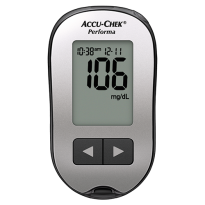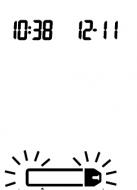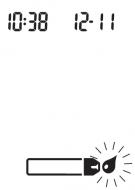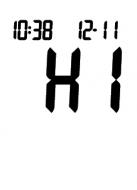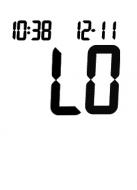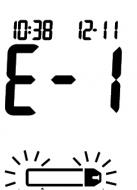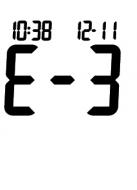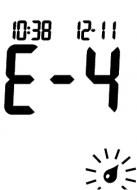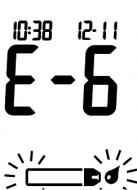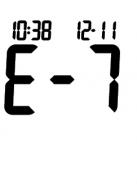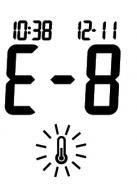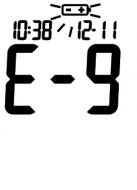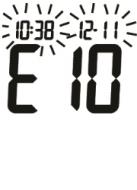Accu-Chek® Performa
- Home
- Meter Systems
- Performa
- Support
User Manuals
Screen Messages
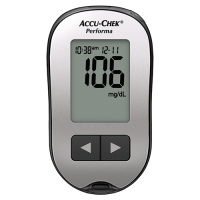
how-to videos
Frequently Asked Questions
Your battery should last for approximately 2,000 tests.
No, the meter will no longer provide an automatic warning message telling you that your vial of test strips will soon expire or lock you out once they have expired.
Make sure you have a new 3-volt, lithium battery, number CR2032, to insert. Open the battery door on the back of the meter, remove the old battery for at least 20 seconds, and press any button on the meter. Insert the new battery with the “+” sign facing out. Snap the battery door back into place. Press the on/off button, and the meter will beep. Setup and hour are flashing on the display. If the date and time are correct, press and hold the on/off button for about 4 seconds. Release the button, and you’re done.
The meter uses 1 3-volt lithium coin cell battery (type CR 2032) found in many stores.
The meter includes an additional internal battery that retains the time and date for up to 72 hours. So when the battery is changed, no memory is lost.
There are a few ways you can improve blood flow and make blood sugar testing easier: Warm your fingers by washing with warm, soapy water, then rinse and dry completely. Let your arm hang down at your side to increase blood flow to the fingertips. Grasp finger just below the joint closest to the fingertip and massage gently toward tip of finger, then squeeze for 3 seconds. Use an Accu-Chek lancing device set to the right penetration depth for your skin type. Refer to your User's Guide for additional information.
Clean and disinfect your meter once a week, or any time blood gets on the meter. You should also clean the meter before allowing anyone else to handle it.
It's a small sample—just 0.6 microliter.
Cleaning is simply removing dirt from the meter, while disinfecting refers to removal of most but not all, disease-causing and other types of microorganisms.
The system automatically detects when enough blood has been applied to the strip and begins the test, even if some yellow is still visible. The only time you need to apply more blood is when the blood drop symbol continues to flash in the display.
General questions
Roche goes above and beyond to deliver safe, accurate and dependable products.
For every lot of Accu-Chek test strips, containing millions of strips, one out of every 100 vials is tested for consistency of performance
Vials representative of the entire lot are tested a second time, some in a lab setting and others with blood from actual people with diabetes to reflect a real-world environment As a result of our quality assurance process, we won’t release affected test strips when any of the samples show a reading outside our accepted limits. Find out more on our Meter Accuracy page. (insert appropriate link)
Because your monitor and lab tests don't measure the same thing, these numbers are likely to vary. Lab tests generally test plasma, but a meter uses whole blood. As a result, even if you take both tests at the exact same time, your meter is likely to show a lower number than the lab results. This is perfectly acceptable, and your healthcare professional will already be factoring this in.
See Health and Safety Information
See Health and Safety Information

- Choking hazard. Small parts. Keep away from children under the age of 3 years.
- Keep new and used batteries away from children. Ingestion or insertion into the body may cause chemical burns, perforation of soft tissues, and death. Severe burns may occur within 2 hours of swallowing. If you think a battery might have been swallowed or placed inside any part of the body, seek medical attention immediately.
- If the battery compartment does not close securely, stop using the product and keep it away from children.



